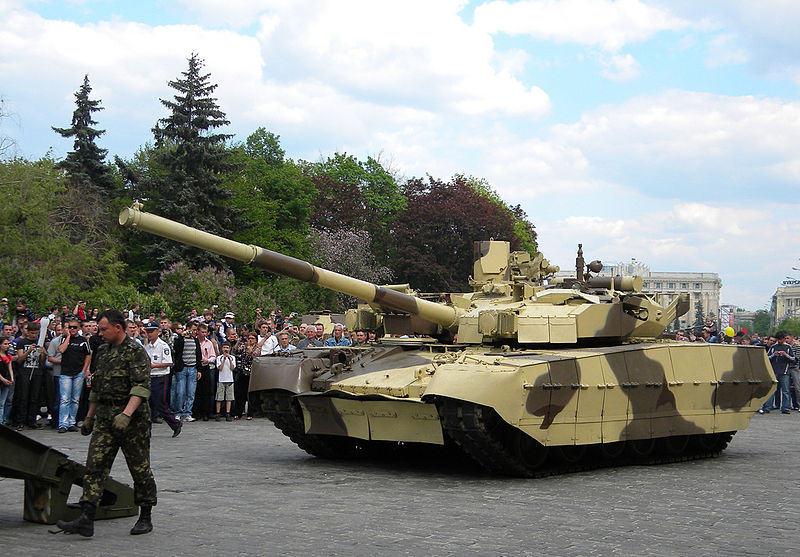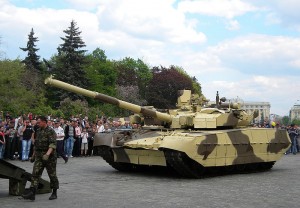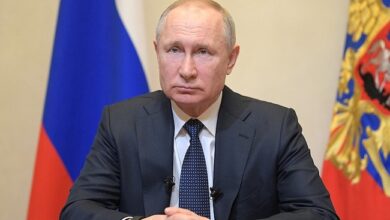
 According to the press release of the Ukrainian state-owned arms exporter Ukrspetsexport, it delivered the first five main battle tanks to Thailand.
According to the press release of the Ukrainian state-owned arms exporter Ukrspetsexport, it delivered the first five main battle tanks to Thailand.
According to the deal signed in September 2011 between Ukrspetsexport and the administration of the Royal Thai Army, Thailand will receive 49 Oplot tanks. The deal is worth $200 million dollars. The first delivery arrived at the port of Sattahip on February 4. According to the procedures, the cargo will go through additional acceptance trials and then put into service in the nearest future.
Oplot is an advanced version of the T-84 tank which incorporates an armored ammunition compartment in a new turret bustle. The T-84 tanks were a modernized version of Soviet T-80 main battle tanks which entered the service in the Ukranian Army in 1994. Oplots were first put to service in 2001. The sophisticated battle machine is armed with a 125-mm smoothbore gun, a 7.62-mm coaxial machine gun and a 12.7-mm anti-aircraft machine gun.
The main gun can fire a laser-guided missile against battle tanks which gives it an advantage in difficult terrains over armored vehicles. The tank also has a capability to strike the hovering helicopters within a range of five kilometers (3.1 miles). The tank’s protection system integrates both passive armor and explosive reactive armor.
The delivery of tanks comes amid the ongoing riots in Bangkok. The standoff between opposition and the government entered its second month. One of the aims of the opposition is getting rid of the Prime Minister Yingluck Shinawatra, whose government is accused of corruption and mismanagement. At least 10 people are reported to have been killed in the clashes and more than 600 people were injured since last year.
The escalation led to the Thai government’s announcement of an emergency situation in the capital and surrounding areas to avoid mass riots before the upcoming elections.
The public protests in Thailand are taking place at the time when Ukraine itself is embroiled in its own domestic problems. The mass protests in Ukraine started more than two months ago when the people took to the streets to protest Kiev’s U-turn from integration with Europe, opting to receive a multi-billion dollar loan from Moscow, instead.
Ukraine, as one of centers of Soviet military-industrial complex, has become an active competitor in the arms markets after the collapse of the Soviet Union. The weapons produced by Ukraine are considered reliable and have relatively low prices and extended warranties.
According to SIPRI report, in 2012 Ukraine exported conventional arms worth $1.3 billion, which makes it the fourth largest arms exporters in the world after U.S., Russia, China and Germany. Sales to Asian countries, where there is always a rising potential to an international conflict, accounted for 47 percent of exports. The African countries and former Soviet states accounted for 23 percent and 21 percent of the exports, respectively.
Earlier last year, Ukrspetsexport signed a contract with Pakistan for delivery of 110 propulsion devices for battle tanks worth $50 million. The contract will be implemented within a four-year period. The tanks and accessory units are being produced at the Malishev arms manufacturing plant in Kharkov, Ukraine.




